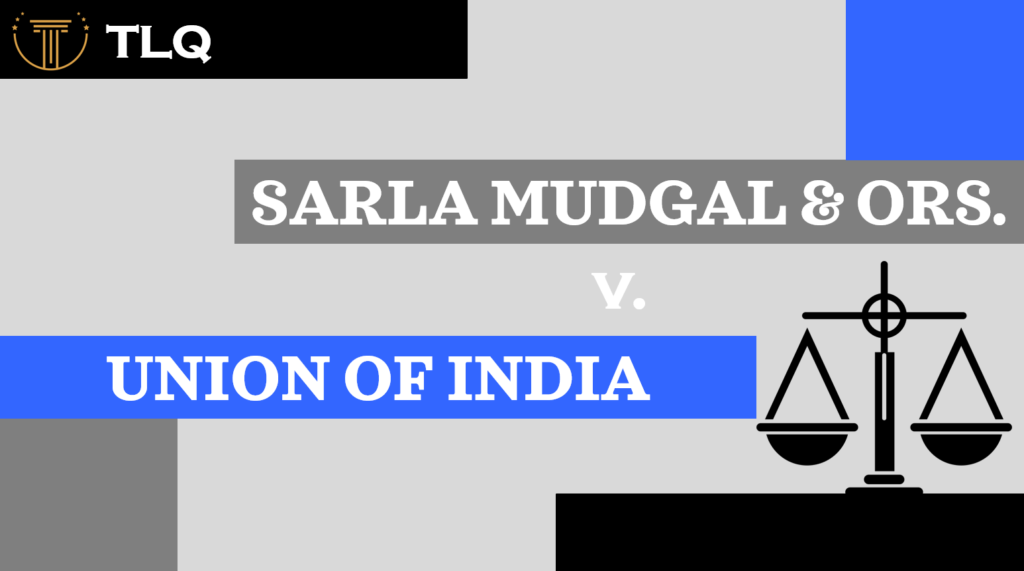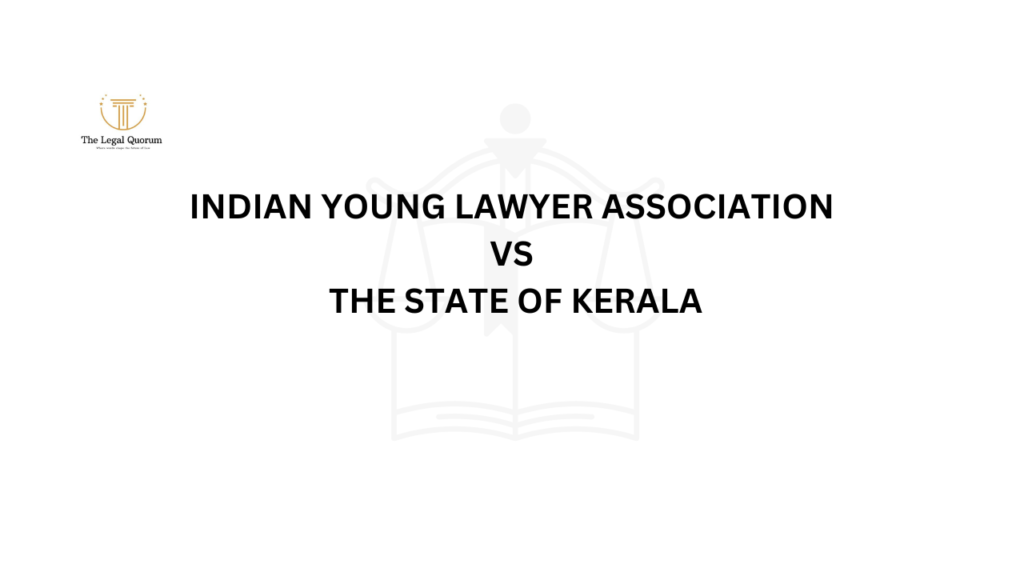Published on 6th February 2025
Authored By: Ankita Dasgupta
Techno India University
Introduction about water pollution
Water pollution is also called as Aquatic pollution. Water pollution is basically a blemished water. Which falls adverse effect in our daily usage of the waters. There are different water bodies which includes lake, river, ocean, aquifers, reservoirs and groundwater. These water bodies are contaminated and results in pollution. The reason of contamination of water are agricultural activities, industrial activities and urban runoff including storm water. And these contaminated water bodies are used by the people so tis leads to water borne diseases. This also destroys ecosystem services like water supply for daily use like drink, for food etc. [1]
Types of Resources in Case of Water Pollution
Point sources such as waste water treatment plan, oil spills and
Non-point resources such as agricultural runoff.
Types of Water Pollution
i) chemical pollution ii) surface water pollution iii) Ground water pollution iv) oxygen depletion pollution v) suspended matter pollution vi) microbial pollution vii) thermal pollution viii) oil spillages.
- Chemical Pollution: It is the common type of water pollution. Basically, here chemicals which come out from industries and end up in water bodies. which infiltrate to the underground water. This leads to the water pollution.[2]
- Surface water pollution: – The surface water like ocean, seas lakes, ponds etc. so here the dangerous chemical mixed and it contaminate the surface water bodies. So basically, the fertilizer, pesticides which are used for fertilizing mixed with water bodies because of flood, drought etc. This also causes pollution of water.
- Suspended matter pollution: – The suspended matters like plastic materials, rubber and other artificial elements are dispersed in the water bodies which pollute the water bodies. This dumped the water area which reduces the flow of the water and also the toxicity of water bodies increased by decomposing into it. This prevents oxygen and sunlight from penetrating to the water bodies. So, this is also another way by which it polluting the water.
- Microbial pollution: – Microorganism such as protozoa, amoeba, Arcella etc polluted the water. so, for this it causes water borne diseases like cholera, dysentery etc. This pollution occurs by untreated water from the household, industries etc which mixed with water and helping them in growth of family of microorganism.
- Thermal pollution: – This is another type of pollution. As we know thermal means heat. so, here heat also acts as a culprit of creating water pollution because it reduces the ability of holding the oxygen in the water. Therefore, this thermal pollution inactivates fish larvae and eggs and also increases metabolism.
- Oil Spillages: – Oil spills basically occur due to accidental errors, human error, equipment failure, natural disaster and deliberate acts etc. so when this oil spill take place in the water bodies it gets spreads in all over the surface. This act like a blanket here. Which stop sunlight to penetrate inside the water and it reduces oxygen in the water. which stops the photosynthesis of plants and it creates suffocative nature for the water animals. this is how causing the water pollution. [3]
Statistics of Water Pollution
According to WHO (World Health Organization), around 2 billion people worldwide consume water that is contaminated.
The statistics which are reflected by the organization are:
- Drinking water that contains micro-organisms like protozoa, amoeba etc. which can spread water borne diseases like diarrhoea, cholera etc. Every year, by consuming contaminated water 485,000 diarrhoea-related deaths cases had occurred.
- 368 million people use sources of water which is unsafe.
- In addition, source of 80% wasted water comes from the land.
- Annually, ocean waste kills almost a million seabirds and marine animals.[4]
Water prevention and control of pollution of Act of 1974
This act aims at prevention of water pollution and also for the maintenance of the water bodies and the activities are done for the restoration of water. The central pollution control board and state pollution control board had established both the central and state authorities. So, the central pollution control board had established a cleanliness of stream. this act basically promoted that the investigation and research should be done for the prevention of contamination of water in regular manner.
Section 24 of this Act
1) Subject to the provisions of this section,—a) no person shall knowingly cause or permit any poisonous, noxious or polluting matter determined in accordance with such standards as may be laid down by the State Board to enter (whether directly or indirectly) into any stream or well or sewer or on land; or b)no person shall knowingly cause or permit to enter into any stream any other matter which may tend, either directly or in combination with similar matters, to impede the proper flow of the water of the stream in a manner leading or likely to lead to a substantial aggravation of pollution due to other causes or of its consequences.2) A person shall not be guilty of an offence under sub-section (1), by reason only of having done or caused to be done any of the following acts, namely:—a) constructing, improving or maintaining in or across or on the bank or bed of any stream any building, bridge, weir, dam, sluice, dock, pier, drain or sewer or other permanent works which he has a right to construct, improve or maintain b) depositing any materials on the bank or in the bed of any stream for the purpose of reclaiming land or for supporting, repairing or protecting the bank or bed of such stream provided such materials are not capable of polluting such stream; c) putting into any stream any sand or gravel or other natural deposit which has flowed from or been deposited by the current of such stream; d) causing or permitting, with the consent of the State Board, the deposit accumulated in a well, pond or reservoir to enter into any stream. 3) The State Government may, after consultation with, or on the recommendation of, the State Board, exempt, by notification in the Official Gazette, any person from the operation of sub-section (1) subject to such conditions, if any, as may be specified in the notification and any condition so specified may by a like notification be altered, varied or amended.[5]
Drawback of this Act
So basically, this act had endured many drawbacks and also these drawbacks are passed by the Indian parliament so that it can help to control the water pollution. So, one of the drawbacks is that this act is silent in groundwater. And other ones indiscriminating of groundwater and rainwater and lastly the harvesting.
There other act which are related to this water pollution are: –
1) Bombay and kolaba Act
The Shore Nuisances (Bombay and Kolaba) Act, 1853 is a law which is passed for large sea-shore in the islands with a view to the safe navigation of the harbour, and to facilitate the removal of nuisances, obstructions and encroachments below high-water mark in harbour, or upon or about the shores of islands in Mumbai (formerly Bombay) in former British India
2) Orissa river pollution act 1953
3) the water prevention and control of pollution cess act 2003
4) the river board act of 1956
5) Damodar valley corporation prevention of water pollution act 1948
Conclusion
Laws and policies addressing air and water pollution play a vital role in protecting the environment and human health. Their effectiveness lies in strict enforcement, which ensures compliance from all sectors, including industries and individuals.
These frameworks prioritize prevention, aiming to reduce pollution at its source rather than dealing with its consequences later. Public involvement and awareness are equally important, as they help align these measures with community needs and promote shared responsibility.
Encouraging the use of innovative, eco-friendly technologies is another key aspect, fostering sustainable practices across industries. Additionally, these policies balance local concerns with global environmental objectives, contributing to worldwide sustainability goals.
Finally, the evolving nature of these laws ensures they remain effective in addressing new challenges, incorporating advancements in science and technology, and adapting to changing societal dynamics. This approach secures a cleaner and healthier future for all.
References
[1] https://en.wikipedia.org/wiki/Water_pollution
20 Dec. 24
[2] https://en.wikipedia.org/wiki/Water_pollution
20 dec 2024
[3] https://en.wikipedia.org/wiki/Water_pollution
20 dec 2024
[4] Daniil Filipenko https://www.developmentaid.org/news-stream/post/152754/water-pollution-in-the-world
20 Dec. 24
[5] https://indiankanoon.org/doc/1352031/
20 Dec. 24



